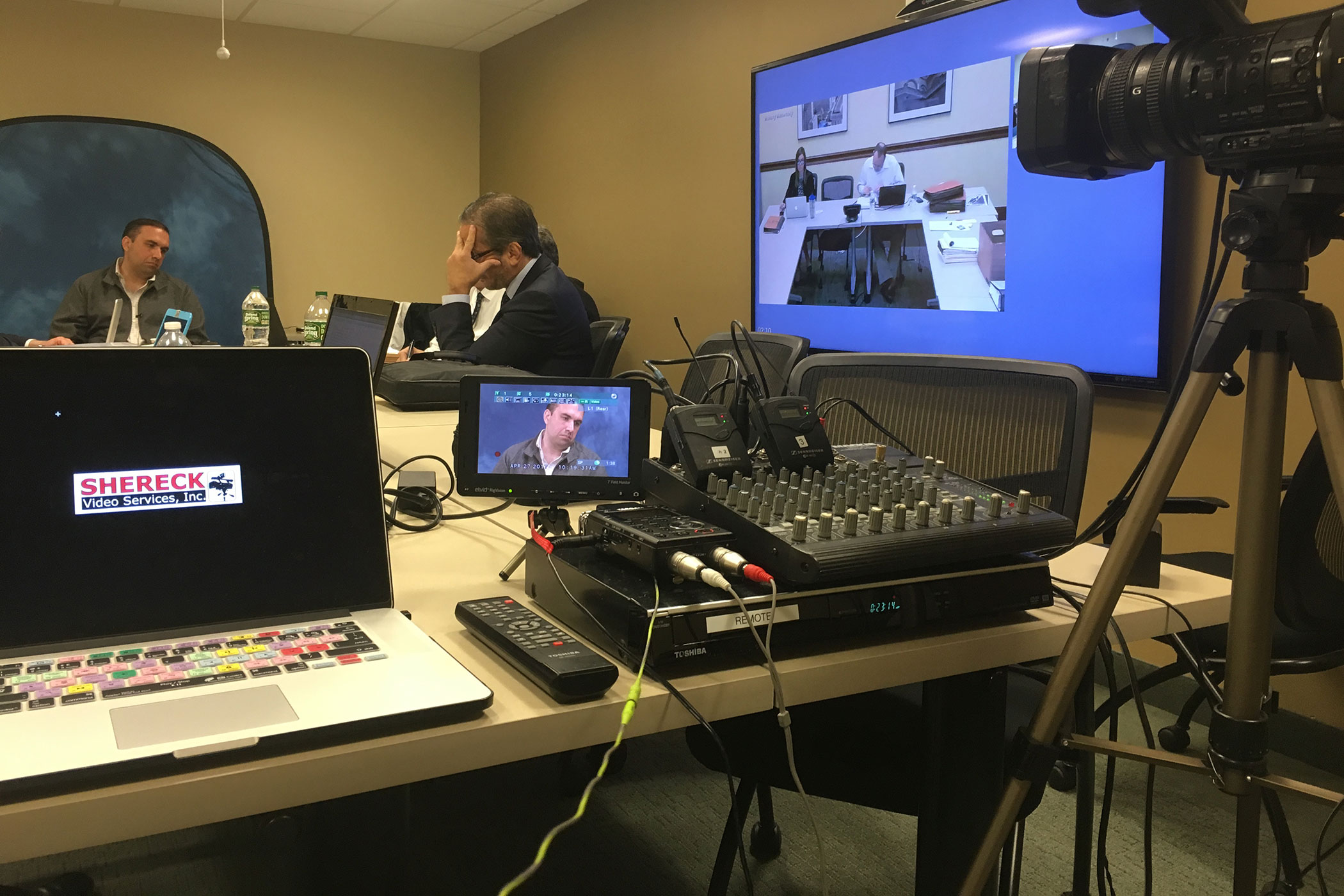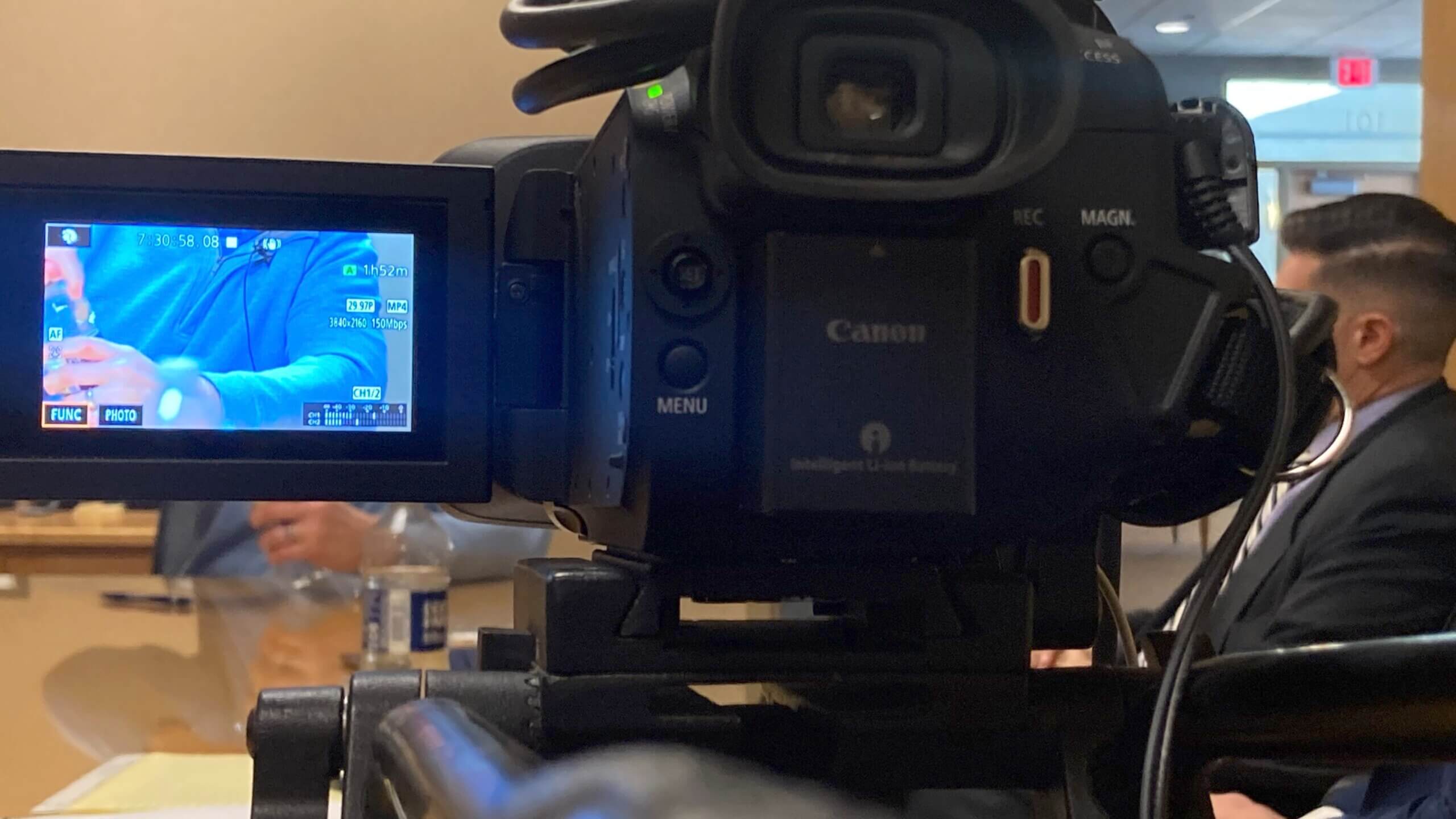Looking Into the Systems of Lawful Videography: Introduction Its Procedure in Safeguarding Authentic Visual Testimony for Judicial Procedures
In the realm of judicial procedures, the function of legal videography stands as a keystone in preserving and offering visual proof. As technology continues to advance, the mechanisms behind lawful videography have ended up being progressively detailed, using a crucial layer of credibility to testaments recorded on video clip.
Historic Development of Lawful Videography
Analyzing the historic development of lawful videography exposes a significant transformation in the catching and discussion of visual evidence within the lawful landscape. In the past, legal proceedings heavily counted on created transcripts and pictures to document occasions and provide evidence. With the introduction of video innovation, the legal industry observed a paradigm change in how aesthetic testament was captured and offered.
The development of legal videography can be mapped back to the late 20th century when advancements in video clip recording devices made it more available for usage in courtrooms. This technological innovation not only enhanced the accuracy and dependability of aesthetic evidence however also reinvented the means situations were offered to courts and courts (Legal Videography). Lawyers began to recognize the influential power of video clip recordings in sharing feelings, nuances, and non-verbal cues that written pictures or transcripts alone can not catch efficiently

Technology Advancements in Video Clip Documentation
What vital technological improvements have transformed video documents in the legal field? The lawful field has actually seen substantial developments in video clip documents innovation that have improved the authenticity and dependability of visual evidence in judicial process.
Moreover, innovations in video clip encryption and watermarking technologies have actually reinforced the protection and tamper-proof nature of video evidence, guarding it versus unapproved changes or meddling. The arrival of cloud storage space remedies and remote gain access to capabilities has streamlined the storage space, access, and sharing of video proof, promoting smooth collaboration among lawful specialists and making sure efficient accessibility to crucial visual testaments when needed. These technological improvements in video documents have certainly transformed the lawful area, improving the precision, reliability, and admissibility of visual proof in judicial process.
Duty of Legal Videographers in Court Settings
The development of video paperwork innovation in the lawful field has actually demanded a vital role for legal videographers in court setups, making sure the integrity and dependability of visual statements provided during judicial proceedings. Legal videographers play an essential function in capturing and preserving exact aesthetic evidence that can be crucial in court situations. Their duty reaches establishing equipment, recording proceedings, and creating premium video clips that precisely reflect the events in the court.
In court setups, legal videographers have to follow rigorous standards and requirements to keep the authenticity of the visual record. They have to possess an eager eye for detail and an extensive understanding of lawful treatments to make certain that the video footage they catch is this article a real representation of the occasions that transpired. In addition, lawful videographers usually function carefully with legal groups to ensure that the video evidence lines up with the case's needs and can be effectively offered in court to support the lawful disagreements being made. Overall, the role of legal videographers in court room setups is essential in promoting the principles of justice and guaranteeing the openness of legal proceedings.

Ensuring Admissibility and Honesty of Video Evidence
To maintain the credibility of aesthetic evidence provided in legal proceedings, ensuring the admissibility and integrity of video clip evidence visit the website is a vital obligation for lawful videographers. Admissibility refers to the approval of proof by the court, and for video proof to be admissible, it needs to meet particular standards. Lawful videographers play an essential duty in making certain that the video clips they record comply with the guidelines of proof, such as significance, reliability, and credibility.
Integrity of video clip proof entails keeping the creativity and accuracy of the video footage from the time it is tape-recorded up until it is presented in court. This includes securely saving the video data, recording the chain of safekeeping, and stopping any tampering or changes. Legal videographers must stick to strict procedures to ensure the integrity of the video clip proof and stop any challenges to its credibility.
Future Trends in Legal Videography
Provided the raising reliance on technology in lawful process, legal videographers are positioned to accept cutting-edge innovations forming the future of aesthetic testament capture and presentation. Among the prominent fads on the horizon is the assimilation of digital reality (VR) and boosted fact (AR) innovations right into lawful videography. These innovations have the prospective to reinvent how aesthetic proof exists in courts, enabling courts and courts to submerse themselves in the scene of the crime or event.
Furthermore, making use of artificial knowledge (AI) algorithms for video evaluation is anticipated to improve the procedure of examining and examining large amounts of video clip footage. AI can help in identifying crucial moments, anomalies, and patterns within video clips, improving the effectiveness of lawful examinations.

Final Thought
To conclude, lawful videography has played a crucial role in providing genuine visual evidence for judicial procedures. Via technological developments and the competence of legal videographers, the honesty and admissibility of video evidence are made sure in court room setups. As legal videography continues to develop, it will be vital to copyright standards that maintain the precision and reliability of visual statement for the future of lawful procedures.
Analyzing the historic development of lawful videography discloses a considerable transformation in the recording and presentation of visual proof within the legal landscape.The advancement of video paperwork technology in the legal field has required a critical duty for legal videographers in courtroom setups, making sure the honesty and reliability of aesthetic statements provided throughout judicial procedures. Additionally, legal videographers typically function very closely with lawful teams to ensure that the video proof lines up with the case's requirements and can be efficiently offered in court to support the legal arguments being made.To keep the reputation of visual evidence offered in legal proceedings, ensuring the admissibility and stability of video clip proof is a vital obligation for lawful videographers. As lawful videography proceeds to progress, it will certainly be necessary to promote criteria that keep the accuracy and reliability of aesthetic statement for the future of lawful procedures.